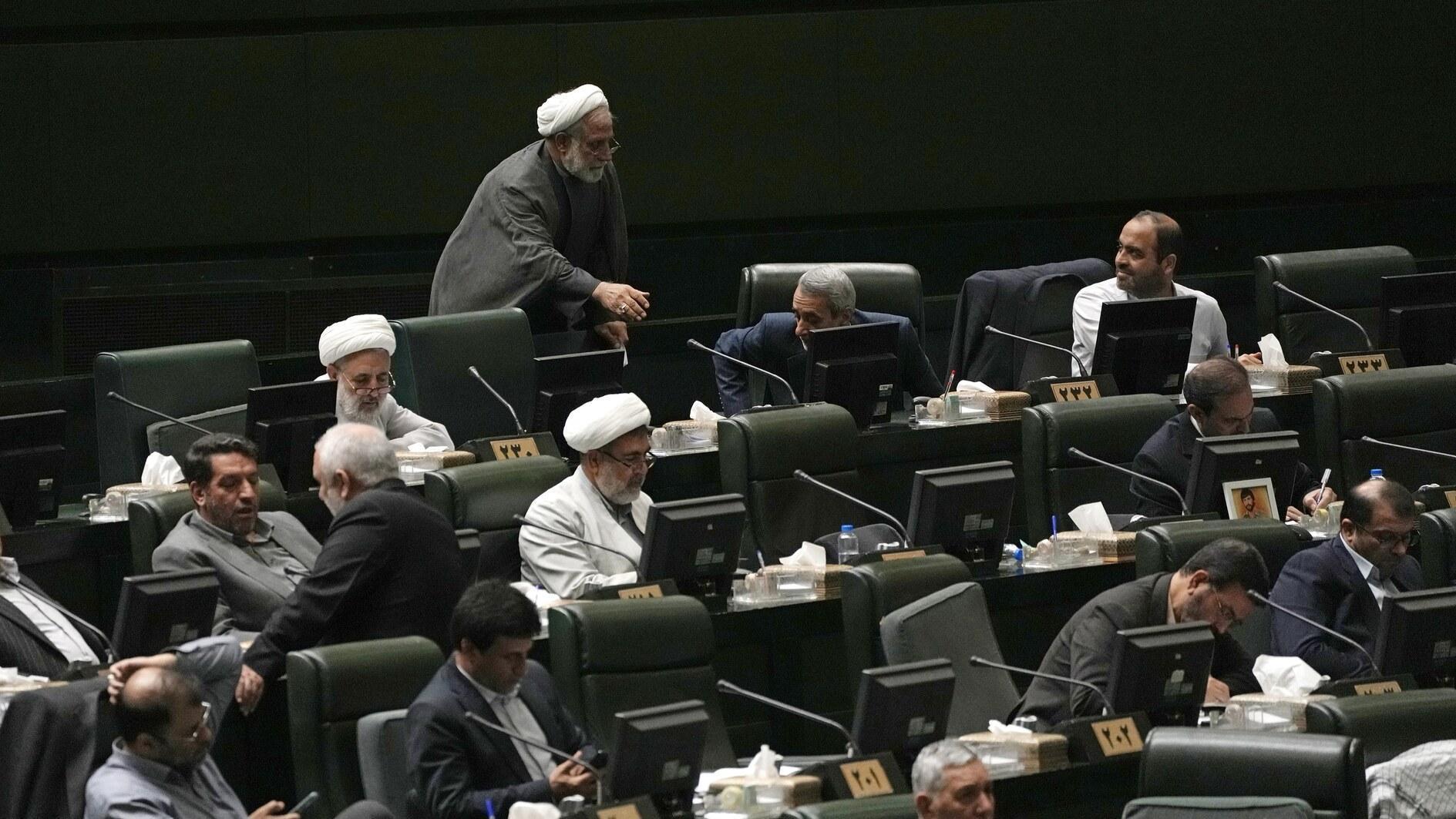Uncle Tayyip’s ‘graying Turkey’ vs. A more Kurdish Turkey
While some of the world’s top experts on demographics and population made fascinating presentations at the Swiss ambassador’s residence on a cool Ankara evening, I silently recalled a hot Ankara evening in 2007.
It was August. As I left an eatery on a busy street I came across one of the many tissue-seller boys sitting on the seat of my Vespa and pretending to ride it fast. I had to buy a few packs of tissues to convince the boy to get off the seat. An initial conversation about motorbikes and scooters quickly turned into a “political chat” with my new, nine-year-old friend.
“Do you go to school?” I asked him.
“Sometimes,” he answered. I was not quite sure if there were part-time elementary schools in Turkey. “It’s more fun here,” he said.
“How much do you earn?”
“It depends. Sometimes 5 liras a day, sometimes even 25!”
“OK, but you can’t sell paper tissues for the rest of your life. Have you got any plans for the future?”
“Yes, abi, I’ll fight infidels like you and join ‘Uncle Tayyip’s’ party.”
“Infidels like me?”
“Yes, abi, I saw you drinking wine at the café.”
One day, the boy said, he would become an MP. I wished him the best of luck.
“What does your father do for living?”
“No job, abi.”
“Any brothers or sisters?”
“There are 12 of us!”
“What makes you so fond of your ‘Uncle Tayyip’?”
“He is a good Muslim, and he sent us food, toys and other things.”
“Why do you want to become an MP?”
“Because they are rich and powerful, and I can better fight the infidels.”
“Infidels like me? Like you, abi.”
“You shouldn’t treat your customers like this.”
“Never mind, abi, he said, you will come to me and buy more paper tissues.”
“What makes you so sure of that when you keep calling me an infidel?”
“I see it in your eyes, abi.”
A few years later, “Uncle Tayyip” launched his “at-least-three-kids-for-every-household” campaign, which he still passionately advocates. But things are not moving as he wishes. The total fertility rate in Turkey dropped from 4.33 in 1978 to 2.26 in 2013. Unsurprisingly, it currently stands at 3.76 for women with no education and at 1.66 for women with high school or higher degrees.
President Recep Tayyip Erdoğan may hope for a Turkey bigger than China, but Turkey’s population is forecast to hit (merely!) 93.4 million in 2050. Turkey’s median age will rise from 30.7 in 2014 [when half of Turkey’s population is under 30] to 40.2 in 2050 [when the total fertility rate will further fall to 1.8]. In the not-so-distant future, the 65+ population will account for one-fifth of the entire population. And according to the UNDP, the 15-49 age group in Turkey will begin to decline as early as 2020, three years before the centenary of the republic.
In contrast, any map of Turkish demographics would produce darker colors marking higher fertility rates in the country’s Kurdish areas compared to much lighter colors elsewhere. Presently, the total fertility rate in eastern and southeastern (Kurdish-speaking) Turkey is at 3.41, compared to 1.93 in the western (Turkish-speaking) parts.
Academic studies find a strong correlation between improvements in female education and lower fertility rates. If Mr. Erdoğan is so keen on “at-least-three-kids per family” that he consistently advocates imam schools for both male and females – although there are no female imams in Islam. If he can reverse rising education levels for Turkish girls then he can also reverse the decline in fertility rates.
Turkish demographics tell us one more thing. Even if Turkey’s pro-Kurdish party fails to enter parliament on June 7 because of the 10 percent national threshold, it definitely will in the next elections. Just like less-educated (and more devout) Turks grew in number and percentages over the past decades and brought Mr. Erdoğan to power simply by combining demographics and the ballot box, the Kurds may emerge as Mr. Erdoğan’s nightmare in the not-too-distant future, simply by hitting his perfect political machine with the same weapon.










